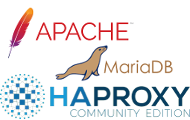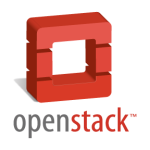
Nextcloud is a lightweight, open-source StaaS (Storage as a Service) platform, written i PHP and JavaScript, which provides file sync, file sharing and creative collaboration services. The software can be installed on local hardware as a perfect alternative for commercial StaaS solutions like Dropbox, OneDrive, Hightail, etc…
Nextcloud is a typical LAMP (Linux Apache MySQL PHP) software, but instead of ardous and problematic LAMP environment installation and file sharing platform implementation, we can deploy a turnkey Nextcloud platform in just a few minutes, using Docker containers, preferably with docker-compose.
In this article I am launching Nextcloud platform in two Docker containers: nextcloud and mariadb which use local Docker volumes as a file and database storage. This solution will enable us to quickly and painlessly upgrade our Nextcloud to a newer versions in future.
Read More







